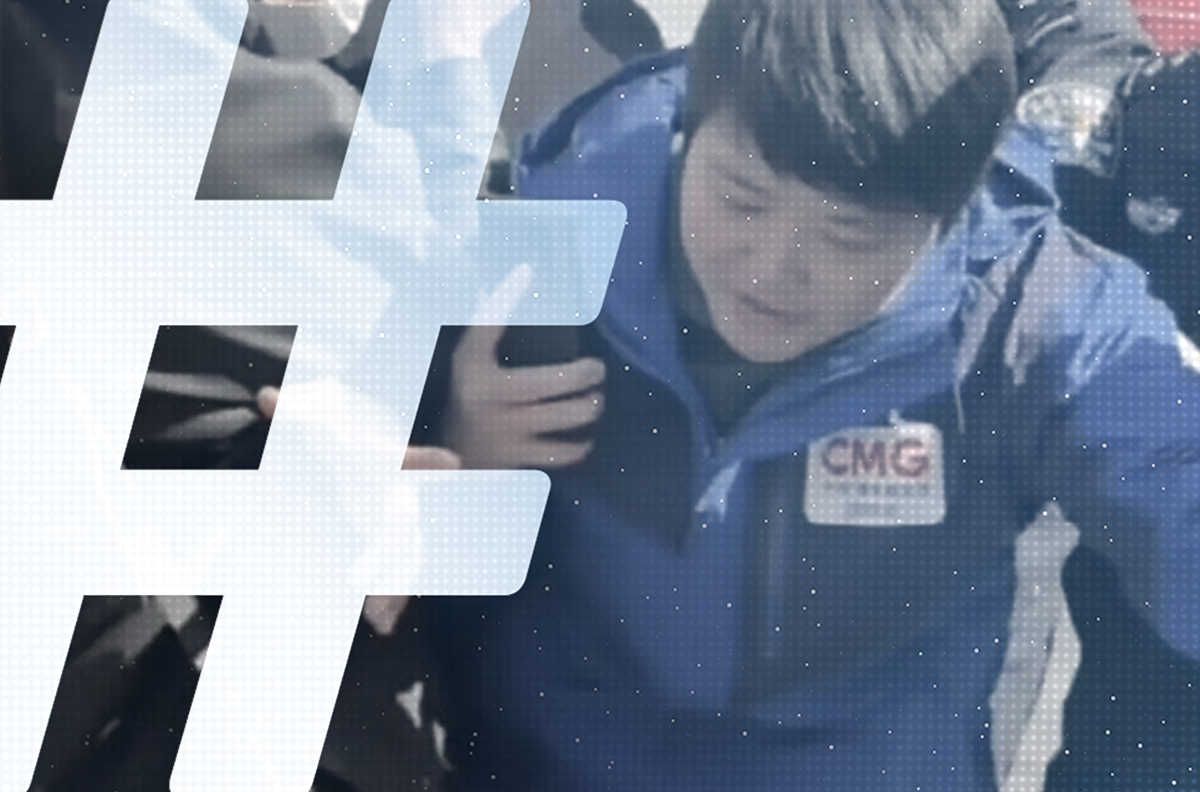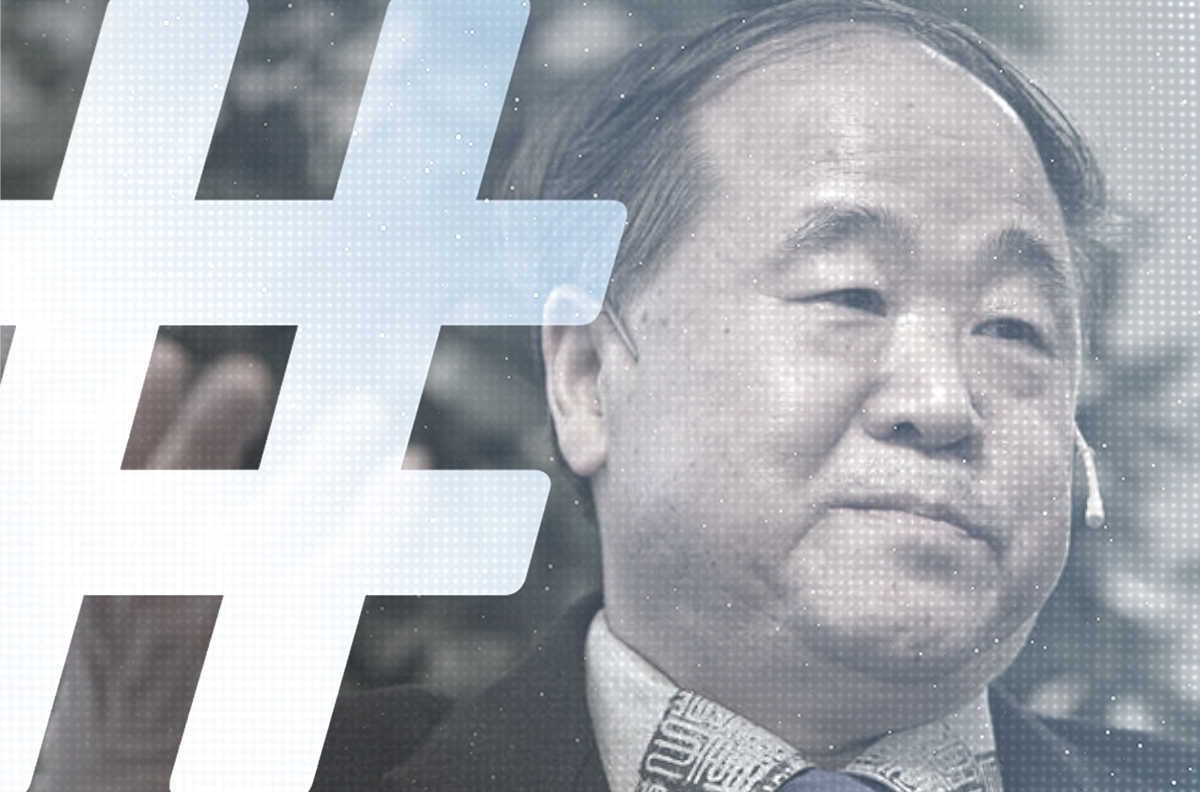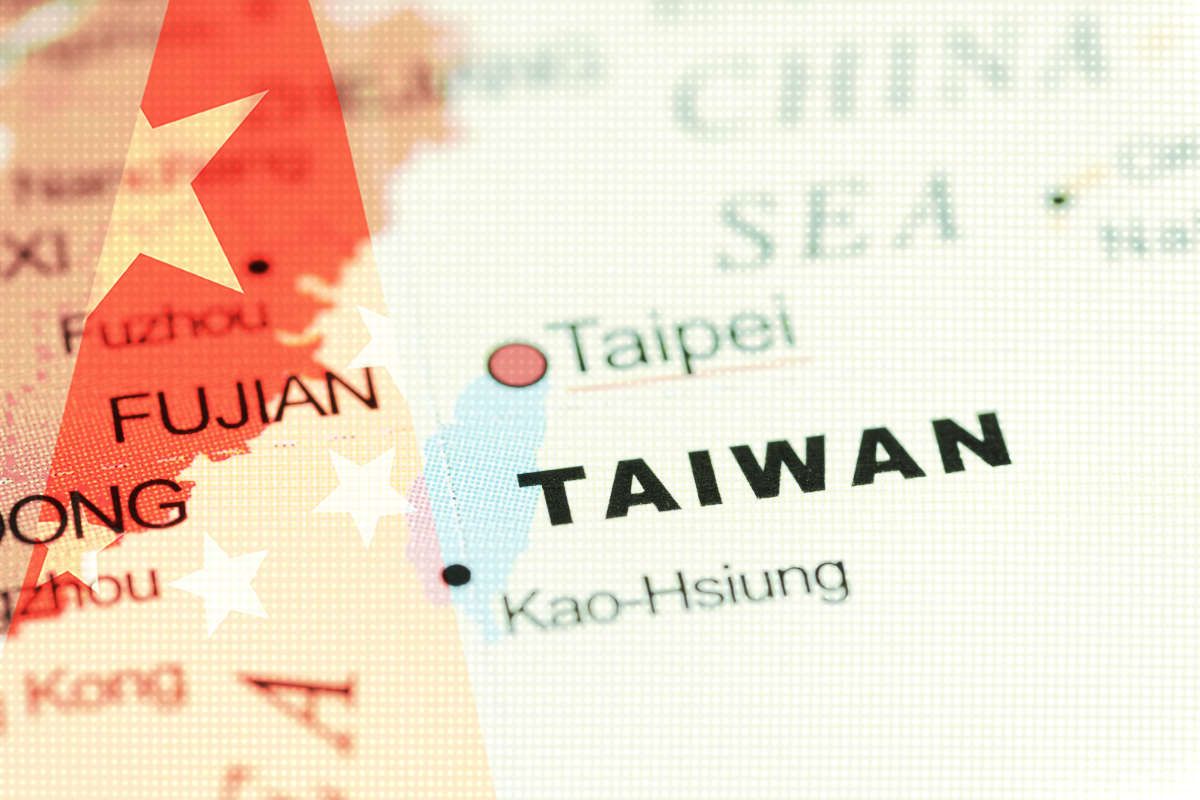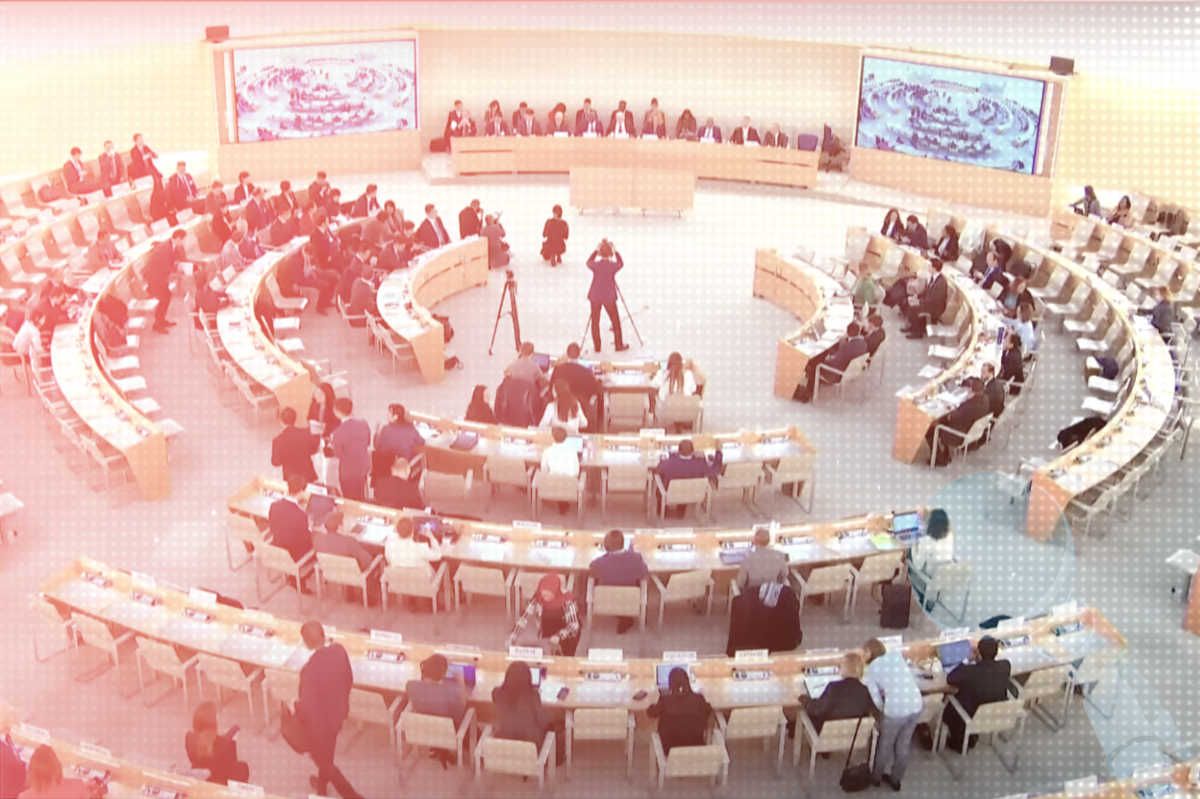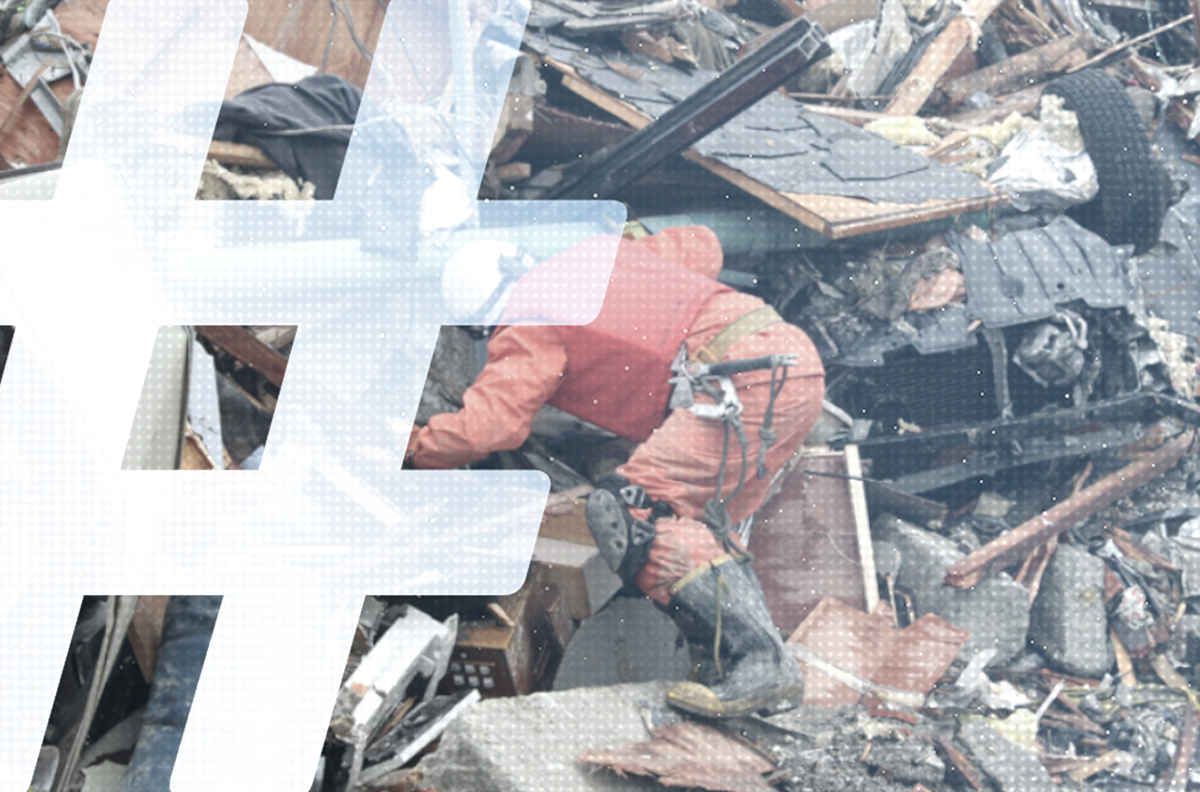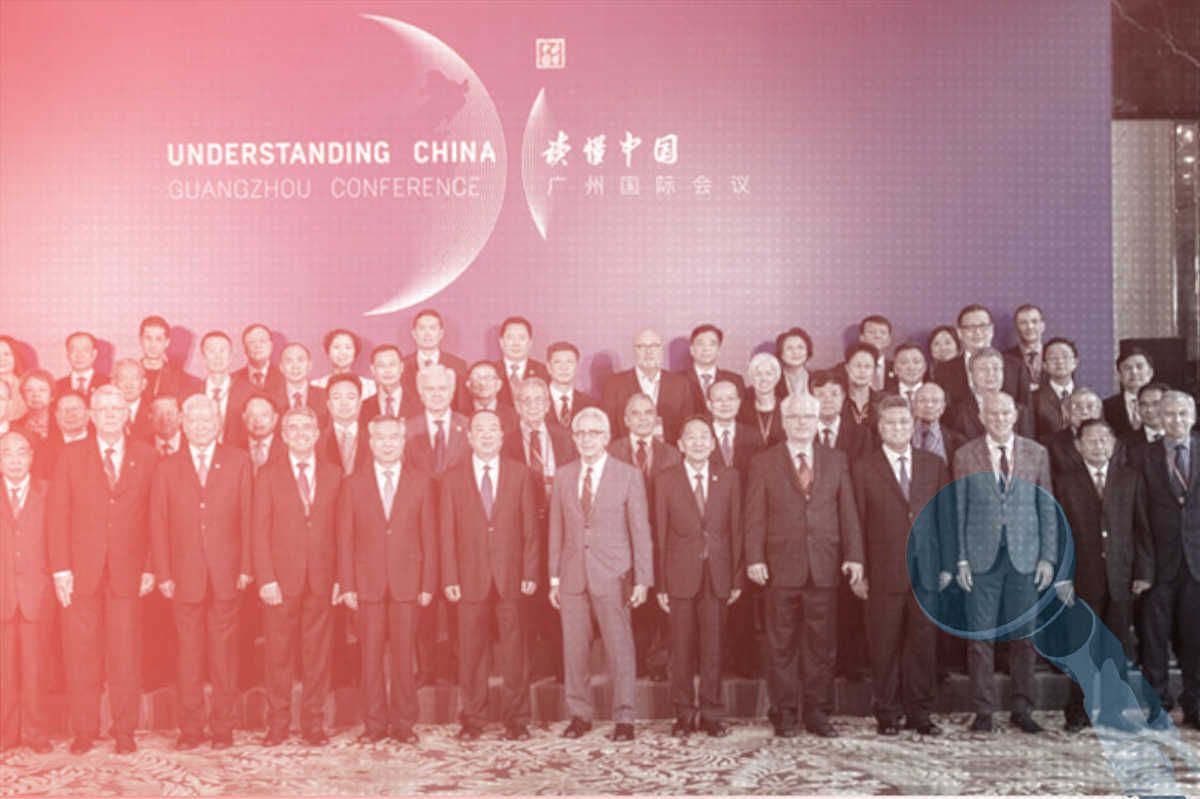Today, as more and more media attempt investigative reports and as more young journalists pursue investigative reporting, it is very necessary to lay out a number of key issues in investigative reporting. On this issue, as an old journalist who has thrown his energies into investigative reporting for many years, I would like to talk here about my own views and thoughts on this.
Investigative reports are in-depth reports that expose an inside story
Investigative reports, [or diaochaxing baodao (调查性报道)], are in-depth reports that expose inside stories, achieved through a news reporter’s independent, in-depth, meticulous and comprehensive investigation of conduct that has been deliberately covered up by various organizations, doing harm to the public interest or citizen’s rights. They can also be called exposes (揭黑报道), divulging reports (揭发报道), reports of misconduct (揭丑报道) or muckraking reports (扒粪报道).
Investigative reports can cover a wide range of areas. Such areas as politics, the economy, society, rule of law, culture and the environment can all yield topics for investigative reports. But the subject of investigation should be specific in nature, focused on particular power authorities and commercial groups, not on [for example] the inappropriate behavior of ordinary citizens.
Moreover, investigative reports should be in-depth and comprehensive reports. Generally speaking, investigative reports are one form of independent in-depth writing. As they are in-depth reports, they must possess the fundamental properties of in-depth reports. And the core of these fundamental properties of in-depth reports are encompassed by two key words: “deep” (深刻) and “comprehensive” (全面). If [the report] does not seek out the deeper reasons for an incident or an issue and thoroughly reflect the information and people behind the problem, it cannot be called in-depth; if it does not give a comprehensive and multi-dimensional picture of an incident or issue, and particularly if it does not analyze and deconstruct the association of various factors resulting in the emergence of the problem, it cannot be called comprehensive.
This is what we [should] mean by in-depth reports. But in my view the “in-depth reports” done by many young journalists today are rather long-form reports, merely taking an interesting surface story and telling it to readers. They cannot be called uninteresting, but many readers don’t understand exactly what they’re saying, nor are they clear about why the events described actually happened, and what the background and various associated factors were that caused the incident. Therefore, these sorts of reports cannot be called in-depth reports. Moreover, investigative reports are the type of reports among in-depth reports that should be the most “deep” and the most “comprehensive.”
Looking at the different types of issues reported, investigative reports can be classified into three [issue] types: investigative reports on sudden-breaking incidents, investigative reports on topical issues, and investigative reports on historical truths.
Investigative reports on sudden-breaking incidents are in-depth investigations carried out by the media to dig out the truth behind various specific sudden-breaking incidents of major impact. They are investigative reports on dynamic issues, and they have recently been the focus of investigative reporting [in China]. For example, the Southern Metropolis Daily’s 2003 report, “The Death of Detainee Sun Zhigang” (被收容者孙志刚之死), and the China Economic Times‘ 2005 report, “Investigation Into the Attack on Villagers in Dingzhou” (河北“定州村民被袭事件”调查), are both examples of this type of report.
Investigative reports on topical issues are in-depth investigations carried out by the media on topical issues (generally focal issues that are hot topics in society, are intransigent and surrounded by doubts and questions). They are investigative reports on static issues. This types of investigative reports can most thoroughly respond to the public’s right to know, providing the public with the service of unpacking insoluble issues. For example, the report I published at the China Economic Times in 2002, “The Ugly Truth About the Beijing Taxi Cartels” (北京出租车业垄断黑幕), and my 2010 report, “An Investigation of Vaccine Chaos in Shanxi” (山西疫苗乱象调查).
Investigative reports of historical truths are re-investigations of historical events by the media, revealing the real picture of past historical events, and this is a another form of static issue. Aleksandr Solzhenitsyn‘s The Gulag Archepelago, Chinese journalist Yang Jizheng’s Tombstone (墓碑) . . . are examples of this kind of investigation.
Chinese Investigative Reporting and the “Camel-Hump” Pattern
In a general sense, the history of investigative reporting in China goes back 100 years, around the same time as the birth of American investigative reporting. The earliest one to expose political inside stories was Shen Jin (沈荩), who in 1903 was sentenced to death by flogging by the Dowager Empress Cixi in 1903 [after he exposed a secret deal between Russia and China in which Russia was allowed to maintain a military presence in northwest China].
Then there was [Huang Yuanyong (黄远庸), who wrote under the penname] Huang Yuansheng (黄远生), and was assassinated in . . . San Francisco on December 25, 1915, after working as a journalist for just four years. [NOTE: Huang, who is often regarded as China’s first journalist, was known for his writings critical of politics.]
But from the standpoint of professionalism, the first true investigative reports in China perhaps have a history of just a decade. I believe we can date them back to the launch of Caijing magazine [by Hu Shuli (胡舒立)] in 1998. Along with the China Central Television program News Probe, which was launched around the same time and also exposed deeper stories, Caijing defined investigative reporting on the basis of “defending the public interest” (捍卫公众利益), “exposing the truth” (揭发黑幕), and “independent investigation by reporters” (记者独立调查), these three core characteristics, choosing its topics on this basis. News Probe in particular at the time defined the exposure of hidden truths (揭发黑幕) as a necessary component. This was the most basic expectation [of the program].
Through a decade of ups and downs, investigative reporting in China has shown the wave-like pattern of the “camel’s hump” (驼峰状) in its development, and I divide this into four principal stages.
The first stage is the development stage: from the launch of Caijing magazine in 1998 up to 2002, this era represents the birth of investigative reporting in China.
[2] The first peak came in 2003, symbolized by the reporting of the Sun Zhigang (孙志刚) incident by Southern Metropolis Daily and China Central Television’s selection of eight influential reporters (风云记者). Among these eight reporters, all were reporters exposing hidden truths (揭黑记者), with the exception perhaps of military affairs reporter Ji Huiyan (冀惠彦).
The first low-point began in 2004, as relevant [government] departments responded to the situation of supervision by public opinion (舆论监督), [or Chinese “watchdog journalism”], nationwide, coming out with the “two ‘cross’ documents” (两跨文件) prohibiting cross-regional (跨地区) reporting and cross-industry (跨行业) reporting. This brought a downward slide in investigative reporting in 2005 and 2006.
[3] The second peak came in 2007, as Caijing magazine published, “Whose Luneng?” (谁的鲁能?), which exposed the hidden side of “black-box privatization” (黑箱私有化) in the midst of China’s [economic] transition, how various individuals had managed to “legally” carve up state-owned assets [for themselves].
The second low-point came in 2008-2009 as the Beijing Olympic Games and the 60th anniversary [of the PRC] approached and media were called upon to report the main theme (主旋律) [of the Party line].
[4] The third peak came in 2010, in which during the first half of the year we had [my own] “An Investigation of Vaccine Chaos in Shanxi” and Southern Metropolis Daily‘s “Anyuanding: An Investigation of Beijing’s ‘Black Jails’ for Detaining Petitioners” (安元鼎:北京截访“黑监狱”调查), which pushed investigative reporting in China to a new high.
Making a broader observation, strictly-defined Chinese investigative reporting has shown the following trends over its history of just over ten years: 1. more and more reporters have been engaged in the writing of exposes (揭黑报道); 2. more and more media have been engaged in the publishing of exposes; 3. more and more good-quality reports and regular columns [on investigative reporting] have appeared in China; 4. investigative reports in China are showing a higher and higher degree of professionalism; 5. investigative reporters are receiving increasing attention and respect by general society.
NOTE: This is a partial translation of a longer review of Chinese investigative reporting that Wang Keqin posted on his blog on July 12.







